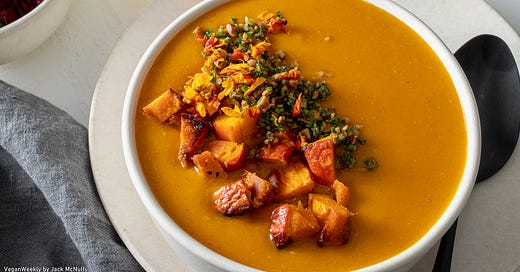Pumpkin Purée: A Chef’s Guide to Move Beyond the Can
Discover why making your own pumpkin purée isn't just about better flavor — it's about connecting with an ingredient that we’ve relegated to the convenience aisle of our cooking lives.
Mornings arrive wrapped in ground fog as autumn settles in. When (or if) the sun burns through, it reveals an intense palette of blues, oranges, reds, and yellows – nature's perfect match for the pum…



